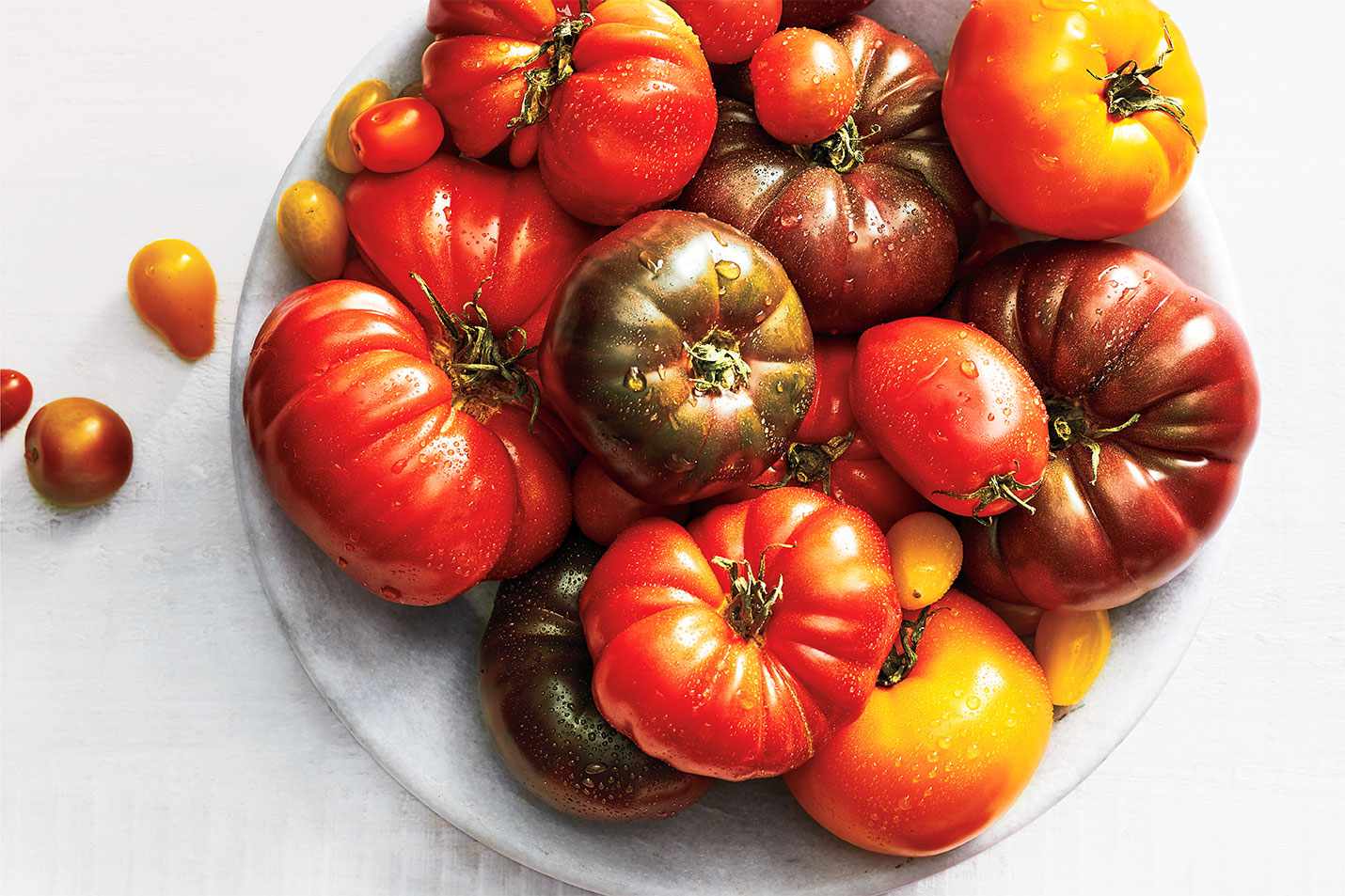

Articles
How To Store Heirloom Tomatoes
Modified: December 7, 2023
Discover the best methods for storing heirloom tomatoes in this informative article. Keep your tomatoes fresh and flavorful for longer with these helpful tips.
(Many of the links in this article redirect to a specific reviewed product. Your purchase of these products through affiliate links helps to generate commission for Storables.com, at no extra cost. Learn more)
Introduction
Welcome to the world of heirloom tomatoes! These unique and flavorful gems have gained popularity among home gardeners and food enthusiasts for their rich history and exceptional taste. Unlike their hybrid counterparts, heirloom tomatoes are open-pollinated varieties that have been passed down through generations, preserving their distinct traits and characteristics.
One of the challenges of growing heirloom tomatoes is preserving their quality and flavor for an extended period. With proper storage techniques, you can savor the deliciousness of these tomatoes long after the harvest season has ended. In this article, we will explore the various methods and best practices for storing heirloom tomatoes to ensure they stay fresh and flavorful.
Before we delve into the storage techniques, let’s take a closer look at why heirloom tomatoes are worth preserving.
Key Takeaways:
- Preserve the exceptional flavor of heirloom tomatoes by storing them properly at the right temperature, in well-ventilated containers, and away from direct sunlight. Avoid common mistakes to maintain their freshness and explore methods to revive them if needed.
- Extend the joy of heirloom tomatoes beyond the harvest season by following best practices for long-term storage. Choose quality tomatoes, monitor temperature and humidity, and consider preservation methods to savor their unique taste throughout the year.
Read more: How To Store Heirloom Seeds
Why Store Heirloom Tomatoes
Heirloom tomatoes are not your average supermarket tomatoes. They come in a wide array of vibrant colors, shapes, and sizes, each with its own unique flavor profile. From the sweet and juicy Brandywine to the tangy and zippy Green Zebra, heirloom tomatoes offer a diverse range of taste experiences that cannot be replicated by mass-produced hybrids.
By storing heirloom tomatoes, you can enjoy their exceptional flavor even during the off-season. Instead of settling for bland and uninspiring tomatoes, you can have the satisfaction of eating tomatoes that burst with complexity and natural sweetness.
Another reason to store heirloom tomatoes is to make the most of your harvest. If you have a bountiful tomato crop, you might find yourself with more tomatoes than you can consume fresh. Rather than letting them go to waste, proper storage can extend their shelf life and allow you to enjoy your homegrown tomatoes for months to come.
Furthermore, storing heirloom tomatoes allows you to explore various culinary possibilities. Whether you want to create a flavorful sauce, a refreshing salad, or a hearty tomato-based stew, having a stash of well-preserved tomatoes on hand gives you the flexibility to experiment with different recipes and elevate your dishes.
Lastly, heirloom tomatoes are renowned for their nutritional value. Packed with essential vitamins, minerals, and antioxidants, these tomatoes not only tantalize your taste buds but also contribute to your overall well-being. By storing them, you can continue to reap the health benefits they offer, even when they are out of season.
Now that we understand the importance of storing heirloom tomatoes, let’s explore the steps to selecting and harvesting these flavorful fruits.
Choosing and Harvesting Heirloom Tomatoes
When it comes to selecting heirloom tomatoes for storage, there are a few things to consider. First, choose tomatoes that are fully ripe but not overripe. Look for vibrant colors, firm textures, and a slight give when gently squeezed. Avoid tomatoes with any signs of decay or mold.
It’s also important to select varieties that have a longer shelf life and are known for their flavor retention. Some popular heirloom varieties that store well include Amish Paste, Cherokee Purple, and San Marzano.
When it’s time to harvest your heirloom tomatoes, it’s essential to do so at the right stage of ripeness. The best time to harvest is when the tomatoes have reached their mature color but are still slightly firm. If you wait too long and the tomatoes become too soft, they may not withstand the storage process.
Be sure to handle the tomatoes with care during harvest to avoid any bruising or damage. Use a sharp pair of garden shears or a knife to cut the stem just above the fruit. Leaving a small portion of the stem attached can help prolong the storage life of the tomatoes.
Once you’ve harvested your heirloom tomatoes, it’s time to prepare them for storage.
Preparing Tomatoes for Storage
Properly preparing your heirloom tomatoes for storage is crucial to maintain their quality and extend their shelf life. Follow these steps to ensure your tomatoes are ready for long-term storage:
- Inspect and Sort: Before storing your tomatoes, carefully inspect each one to check for any signs of damage or decay. Remove any tomatoes that are bruised, soft, or showing signs of rot. Sorting your tomatoes ensures that only the healthiest ones are stored.
- Cleanse and Dry: Gently wipe the surface of each tomato with a damp cloth or paper towel to remove any dirt or debris. Allow the tomatoes to air dry completely before proceeding to the next step. This helps prevent moisture buildup, which can lead to spoilage.
- Remove Stems and Leaves: Trim off the stems and any attached leaves from the tomatoes. Leaving them intact can increase the chances of mold growth and deter proper air circulation during storage.
- Avoid Washing: While it’s important to remove surface dirt, avoid washing the tomatoes with water before storage. Excessive moisture can cause the tomatoes to degrade faster. Save the washing for when you’re ready to use the tomatoes.
- Handle with Care: As you prepare the tomatoes, handle them gently to minimize any bruising or damage. Rough handling can lead to a shorter shelf life and decreased overall quality.
- Optional Step – Ripening: If your tomatoes were not fully ripe at harvest, you can place them in a single layer in a warm, well-ventilated location to ripen further. Check them regularly and remove any that become overly ripe.
Once your heirloom tomatoes are clean and prepared, it’s time to store them appropriately to ensure their long-term freshness.
Storing Heirloom Tomatoes
Storing heirloom tomatoes properly is key to maintaining their flavor, texture, and overall quality. Follow these guidelines to store your tomatoes effectively:
- Temperature: Heirloom tomatoes should be stored at a cool temperature, ideally around 55 to 70 degrees Fahrenheit (13 to 21 degrees Celsius). Avoid storing them in the refrigerator, as the cold temperatures can negatively affect the flavor and texture of the tomatoes.
- Location: Choose a storage location that is well-ventilated and free from direct sunlight. Basements, root cellars, or a cool pantry are great options. Make sure the area is dry and has a consistent temperature, as fluctuations can cause the tomatoes to spoil more quickly.
- Storage Containers: Use shallow cardboard boxes, wooden crates, or ventilated baskets to store your tomatoes. Avoid airtight containers or plastic bags, as they can trap moisture and lead to rotting. Place a layer of newspaper or a clean cloth at the bottom of the containers to absorb excess moisture.
- Spacing: Ensure that the tomatoes are not overcrowded in the storage containers. Leave enough space between each tomato to allow for air circulation, which helps prevent mold and rot.
- Position: Store your tomatoes stem-side down to prevent excess moisture from collecting near the stem, which can lead to decay. However, if the tomatoes are very ripe, it may be better to store them with the stem-side up to prevent bruising.
- Check for Ripeness: Regularly inspect your stored tomatoes for ripeness and remove any that become overly ripe or show signs of decay. This will prevent the spoilage from spreading to other tomatoes.
By following these storage practices, your heirloom tomatoes can stay fresh and flavorful for an extended period, allowing you to enjoy the taste of summer even during the colder months.
Store heirloom tomatoes at room temperature, away from direct sunlight. Place them stem side down on a paper towel-lined tray to prevent bruising and allow air circulation. Avoid storing them in the refrigerator, as it can affect their flavor and texture.
Read more: How To Store Tomato Soup
Common Mistakes to Avoid
When it comes to storing heirloom tomatoes, there are several common mistakes that can compromise their quality and decrease their shelf life. By being aware of these pitfalls, you can ensure that your tomatoes stay fresh and delicious. Here are some mistakes to avoid:
- Storing Overripe Tomatoes: Avoid storing tomatoes that are already overripe or showing signs of decay. Overripe tomatoes will spoil quickly and can lead to the deterioration of other tomatoes in storage.
- Storing Damaged Tomatoes: It’s important to inspect your tomatoes before storing and remove any that are damaged, bruised, or have soft spots. Damaged tomatoes are more susceptible to rot and can cause spoilage in the rest of the batch.
- Exposing Tomatoes to Direct Sunlight: Direct sunlight can cause tomatoes to ripen too quickly and lose their flavor. Store your tomatoes in a location away from sunlight or use a cloth cover to protect them.
- Storing in the Refrigerator: While it may seem logical to store tomatoes in the refrigerator, it can actually negatively impact their flavor and texture. The cold temperatures can cause the tomatoes to become mealy and dull in taste. Instead, opt for a cool and well-ventilated storage area.
- Improper Ventilation: Adequate air circulation is crucial for preventing mold and rot. Avoid storing tomatoes in sealed bags or containers without proper ventilation. Opt for open containers that allow for airflow.
- Storing Near Other Produce: Certain fruits and vegetables, such as apples and onions, release ethylene gas, which can accelerate the ripening process and lead to spoilage in tomatoes. Keep your tomatoes separate from other produce to avoid this issue.
- Forgetting to Check and Remove Ripe Tomatoes: Regularly check your stored tomatoes for ripeness and remove any that have ripened or started to decay. This prevents the spoilage from spreading to other tomatoes.
By avoiding these common mistakes, you can ensure that your heirloom tomatoes stay fresh, flavorful, and ready to be enjoyed whenever you desire.
Best Practices for Long-Term Storage
To maximize the shelf life of your heirloom tomatoes and keep them in optimal condition for long-term storage, follow these best practices:
- Select the Right Tomatoes: Choose heirloom tomato varieties known for their storability, such as Amish Paste, Cherokee Purple, or San Marzano. These varieties tend to have thicker skins and denser flesh, which helps them hold up better during storage.
- Focus on Quality: Only store tomatoes that are in excellent condition. Avoid storing tomatoes that are overly ripe, damaged, or have signs of decay. Quality tomatoes will have a longer storage life and maintain better flavor and texture.
- Properly Cure the Tomatoes: Before storing, allow your tomatoes to cure for a few days at room temperature. Curing helps the tomatoes develop their full flavor and allows the skin to thicken, making them more resistant to spoilage during storage.
- Monitor Temperature and Humidity: Ensure that the storage area has a consistent temperature between 55 to 70 degrees Fahrenheit (13 to 21 degrees Celsius). Additionally, maintain a relative humidity level of around 50 to 70 percent to prevent excessive moisture buildup.
- Regularly Inspect and Rotate: Check your stored tomatoes regularly for any signs of decay, mold, or overripeness. Remove any spoiled tomatoes promptly to prevent the spread of rot. Additionally, gently rotate the tomatoes occasionally to ensure even air circulation.
- Avoid Storing Near Ethylene-Producing Foods: Ethylene gas can accelerate the ripening process and cause premature spoilage. Keep your stored tomatoes away from ethylene-producing fruits, such as apples, bananas, and citrus fruits, to maintain their freshness.
- Consider Preservation Methods: If you have a surplus of heirloom tomatoes, consider preserving them through canning, freezing, or dehydrating. These methods can help extend the shelf life of your tomatoes and allow you to enjoy them throughout the year.
- Label and Date: To keep track of your stored tomatoes, label the containers with the tomato variety and the date of storage. This will help you prioritize the use of tomatoes and ensure you consume the oldest ones first.
- Use Stored Tomatoes Wisely: As time goes on, the quality of stored tomatoes may start to decline. Use slightly less-than-perfect tomatoes in cooked dishes, sauces, or salsas where their flavor can still shine. Save the best-quality tomatoes for enjoying fresh.
By implementing these best practices, you can enjoy the deliciousness of your heirloom tomatoes long after the harvest season and savor their incredible flavors throughout the year.
Reviving Stored Tomatoes
If you find yourself with stored tomatoes that have started to lose their firmness or develop a slightly wrinkled appearance, don’t worry! There are ways to revive them and bring back some of their freshness. Here’s how:
- Room Temperature: Take the tomatoes out of cold storage and allow them to come to room temperature for a few hours. This will help soften the flesh and restore some of their natural juiciness.
- Ripening Techniques: If the tomatoes are still slightly underripe, you can speed up the ripening process by placing them in a paper bag with a ripe banana or apple. These fruits give off ethylene gas, which helps accelerate the ripening of the tomatoes.
- Refreshing with Water: If your stored tomatoes are slightly dehydrated, you can rehydrate them by placing them in a shallow tray or bowl filled with cool water for about 30 minutes. This will help plump them up and improve their texture.
- Roasting or Cooking: If the tomatoes are too soft for fresh consumption, consider using them in cooked dishes. Roasting the tomatoes can help intensify their flavor and bring back some of their juiciness. Alternatively, incorporate them into sauces, soups, stews, or pasta dishes where their softened texture won’t be an issue.
- Blending into Sauces: If the texture of the stored tomatoes has become too mushy or watery, blend them into a smooth sauce or puree. This way, you can still enjoy their flavor and incorporate them in a variety of recipes without noticing the change in texture.
- Freezing for Future Use: If you’re unable to revive the tomatoes to their original state, and they’re not suitable for immediate consumption, you can freeze them. Simply remove the stems and freeze the tomatoes whole or chop them into pieces and store them in airtight containers or freezer bags. They can be used later in sauces, soups, or stews.
Remember, while you may not be able to fully restore the freshness and texture of stored tomatoes, you can still find ways to make delicious use of them. Whether it’s through ripening techniques, cooking methods, or freezing, you can maximize the flavor and enjoy the unique taste of your heirloom tomatoes.
Conclusion
Storing heirloom tomatoes allows you to extend the joy of enjoying their exceptional flavor long after the harvest season has ended. By following the right techniques and best practices, you can ensure that your precious tomatoes stay fresh, delicious, and ready to be used in a variety of culinary creations.
From choosing and harvesting the right tomatoes to properly preparing and storing them, every step plays a vital role in preserving the quality of your heirloom tomatoes. Avoiding common mistakes, such as storing overripe or damaged tomatoes, and providing the ideal storage conditions, including the right temperature and ventilation, are key to lengthening their shelf life.
If you find that your stored tomatoes have started to lose their firmness or texture, don’t fret. There are ways to revive them, whether it’s through room temperature respite, ripening techniques, refreshing with water, or transforming them into cooked dishes or sauces. And if all else fails, freezing the tomatoes can provide a solution for future use.
By embracing these practices, you can make the most of your heirloom tomato harvest, savoring their incredible taste, vibrant colors, and rich history throughout the year. Whether you’re adding them to salads, creating mouthwatering sauces, or simply relishing their juicy sweetness, your stored heirloom tomatoes will continue to delight your taste buds.
So, go ahead and embark on your journey of storing heirloom tomatoes, unlocking the full potential of these extraordinary fruits and enjoying their flavors and nutritional benefits all year round.
Frequently Asked Questions about How To Store Heirloom Tomatoes
Was this page helpful?
At Storables.com, we guarantee accurate and reliable information. Our content, validated by Expert Board Contributors, is crafted following stringent Editorial Policies. We're committed to providing you with well-researched, expert-backed insights for all your informational needs.
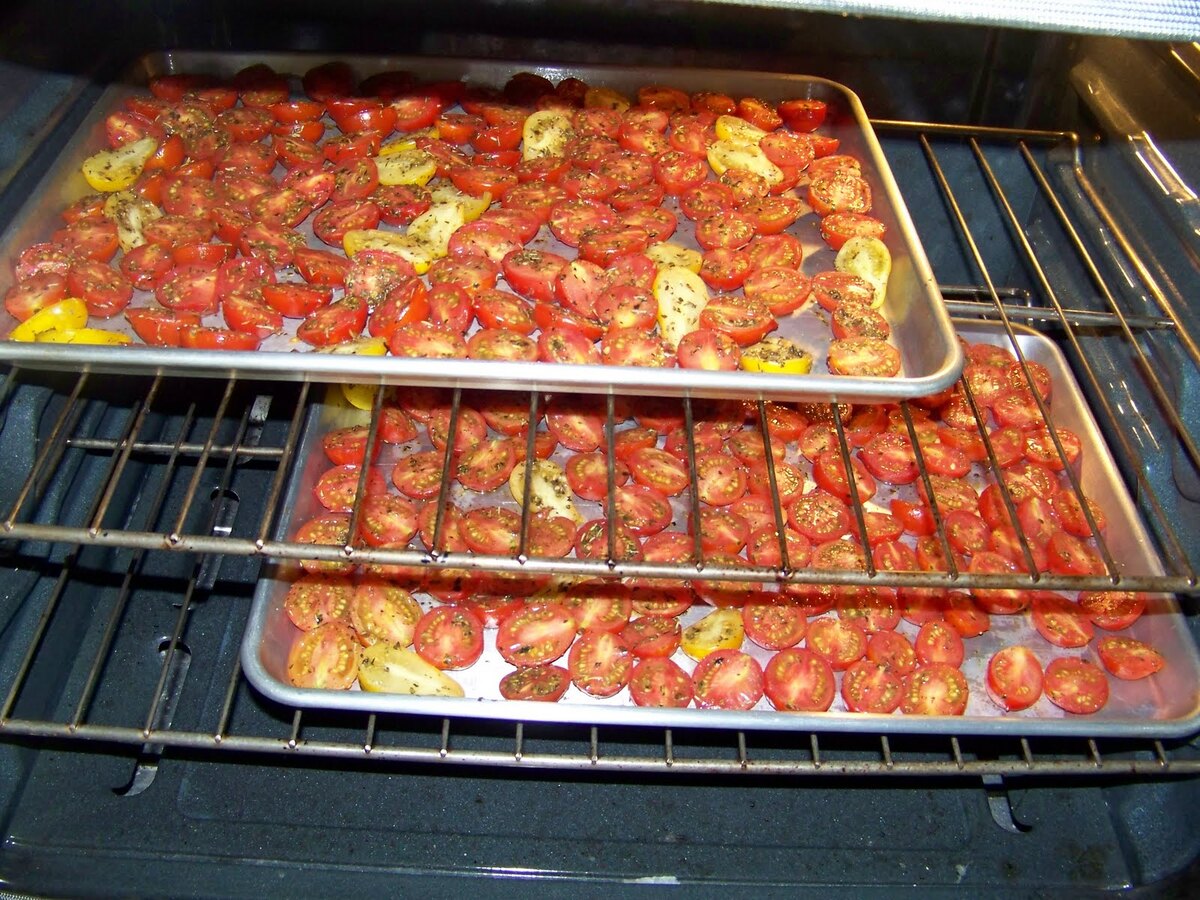
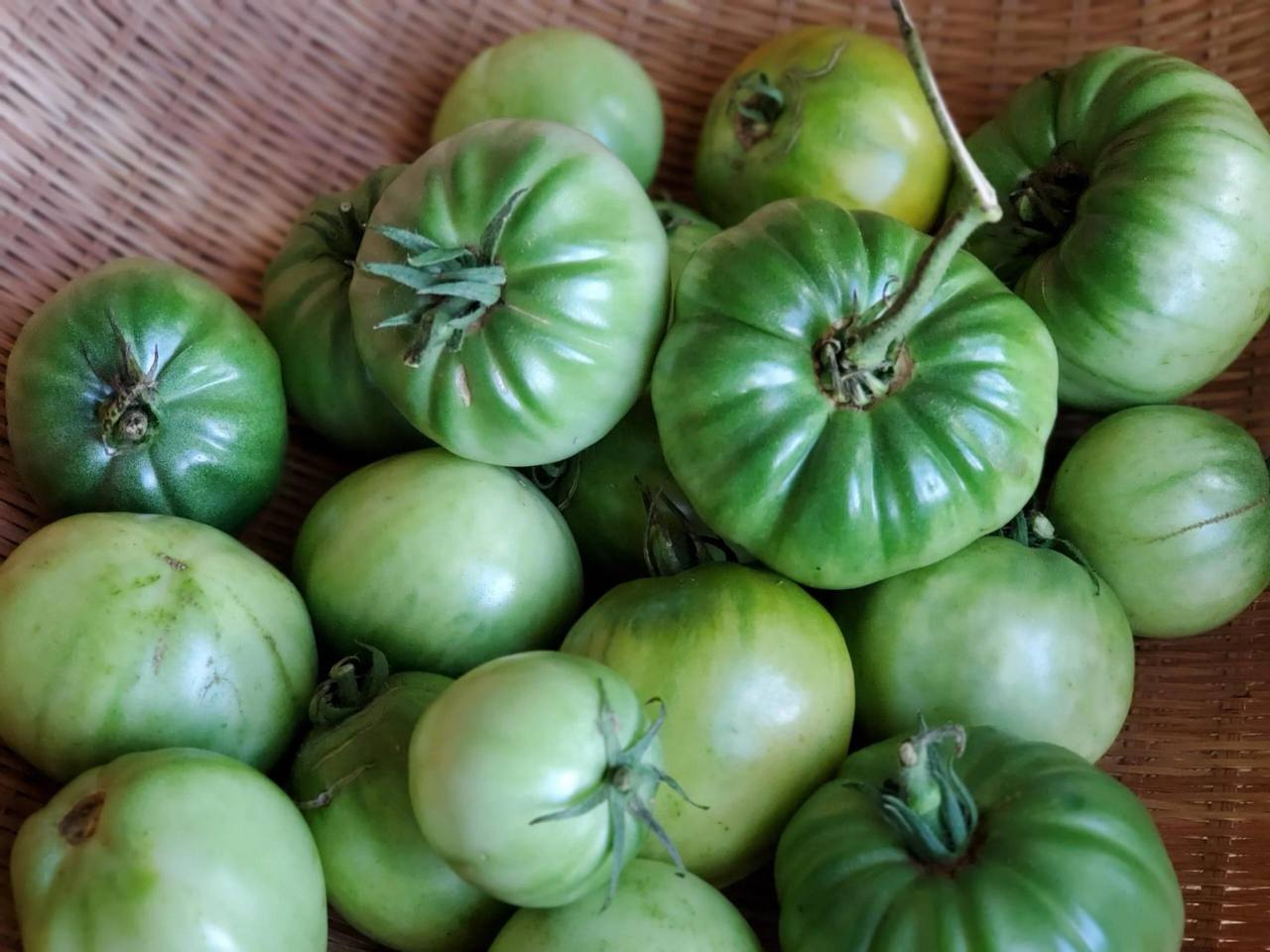
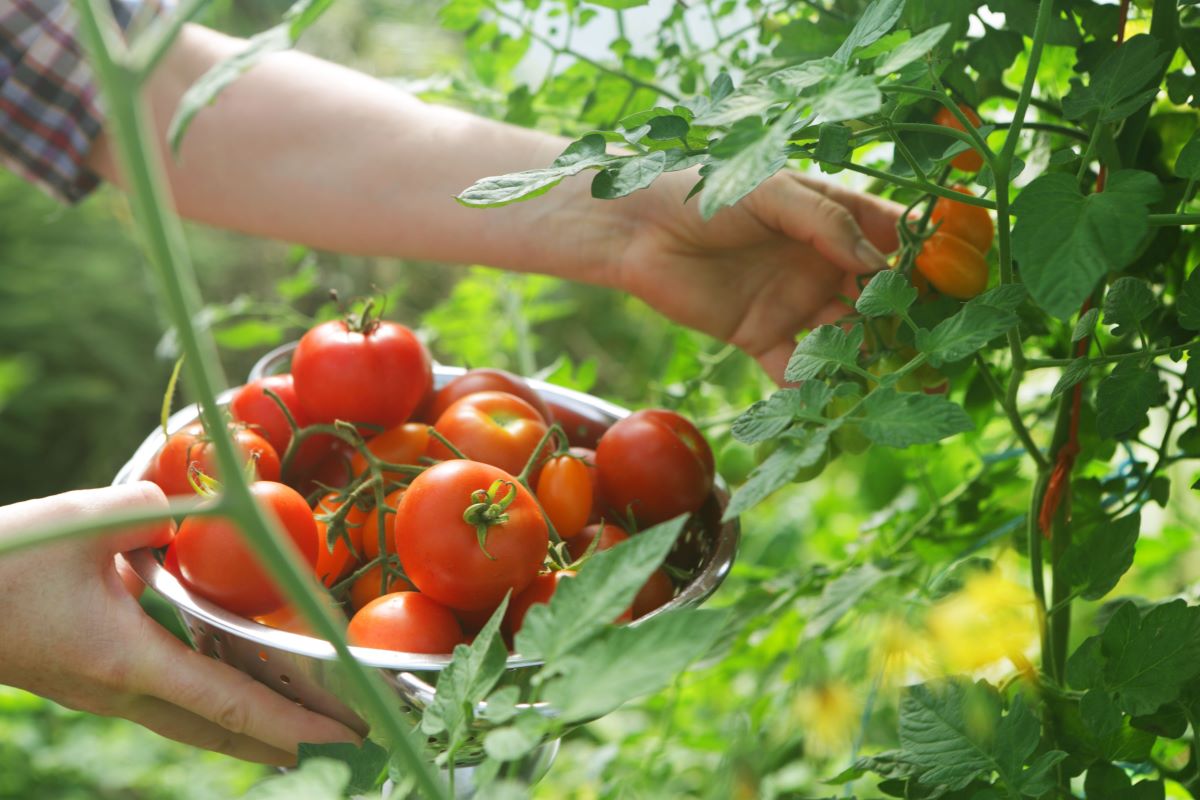

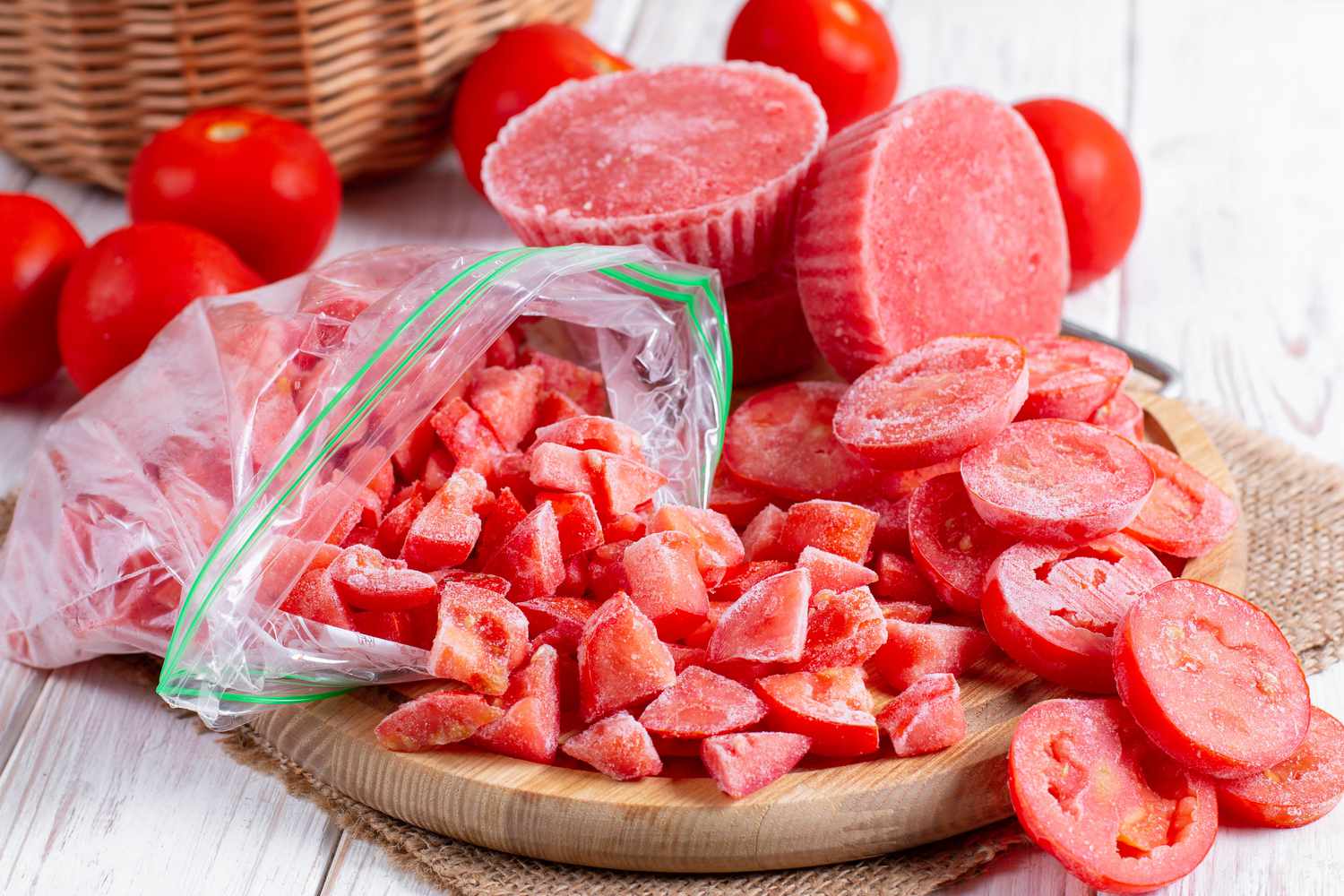
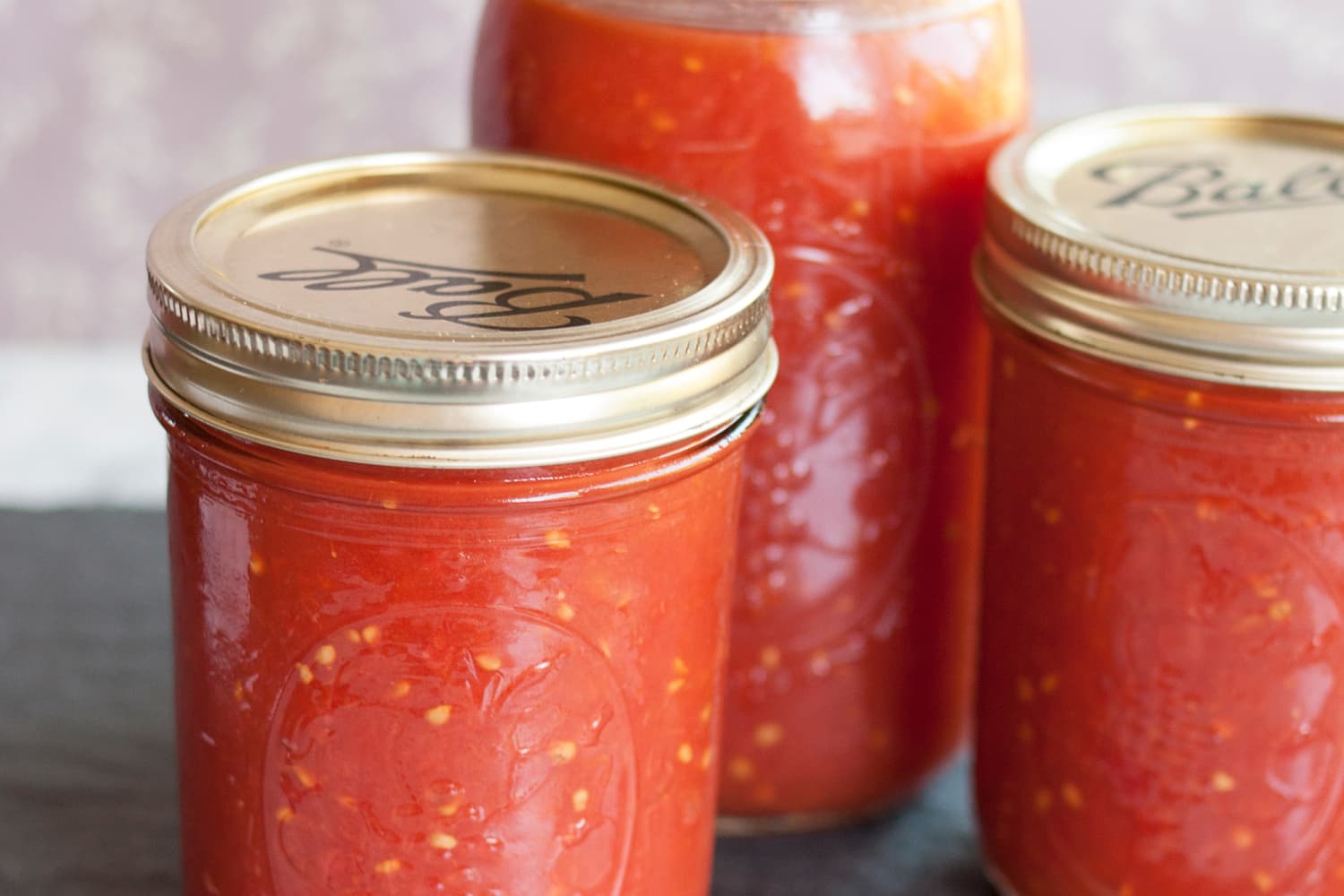
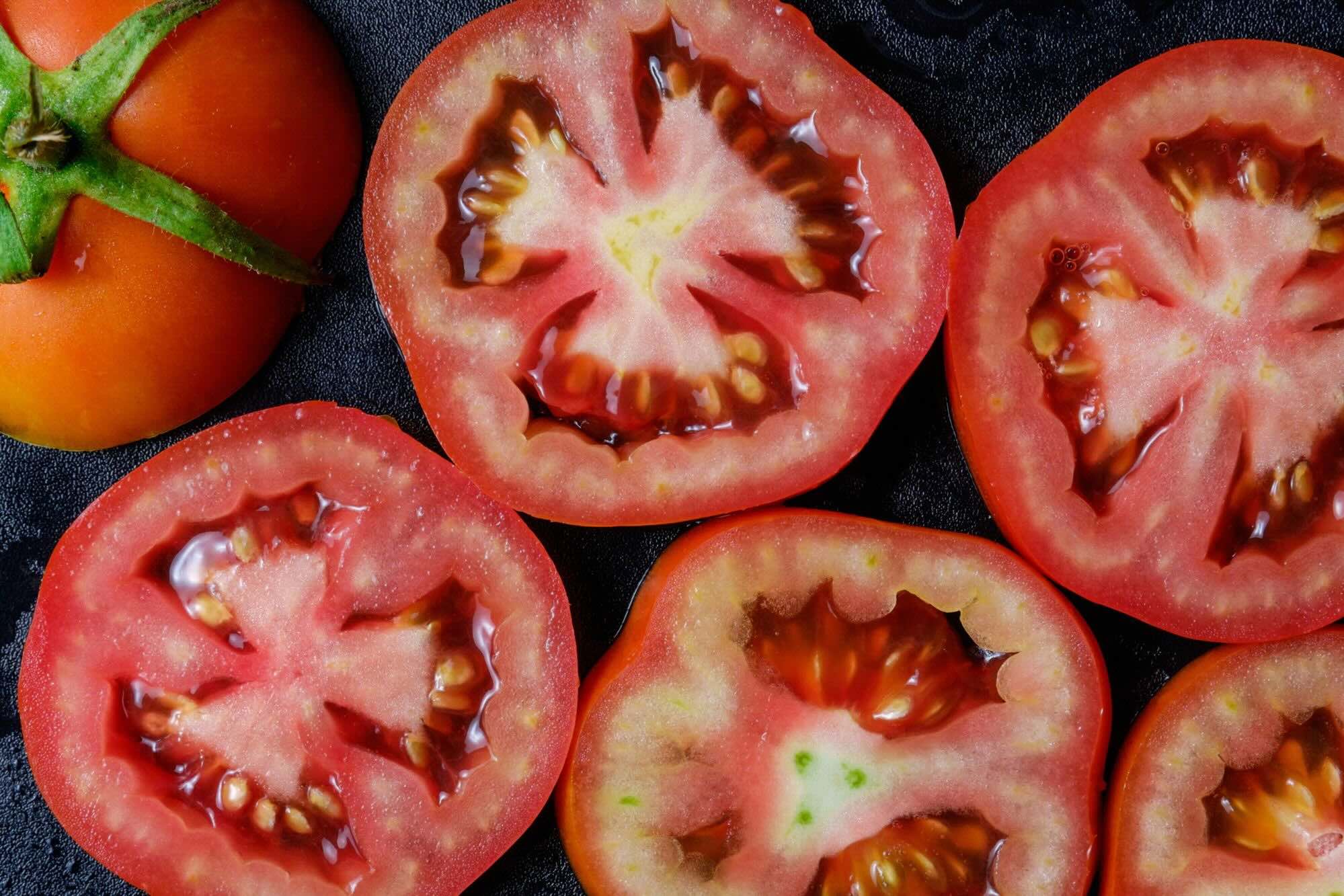
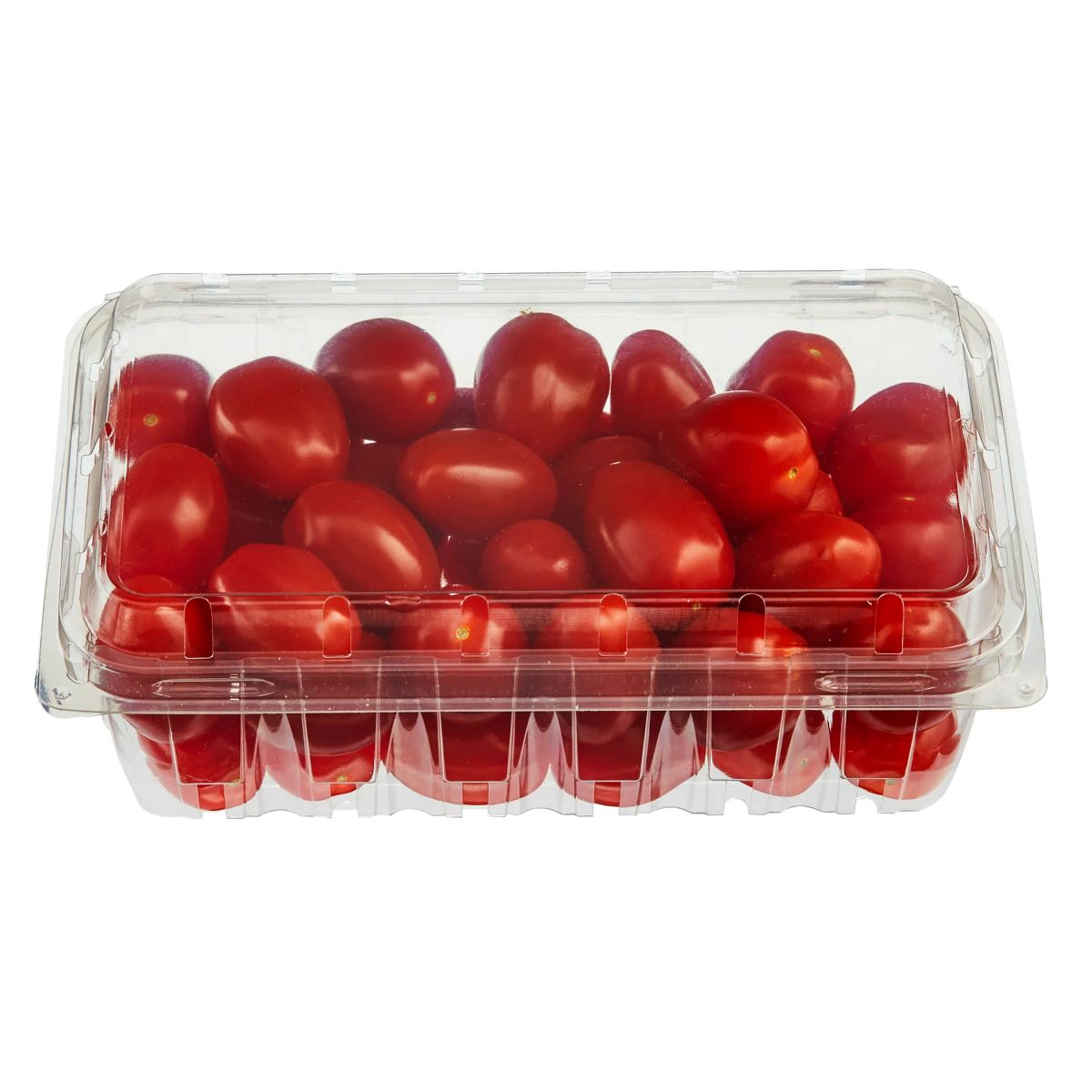
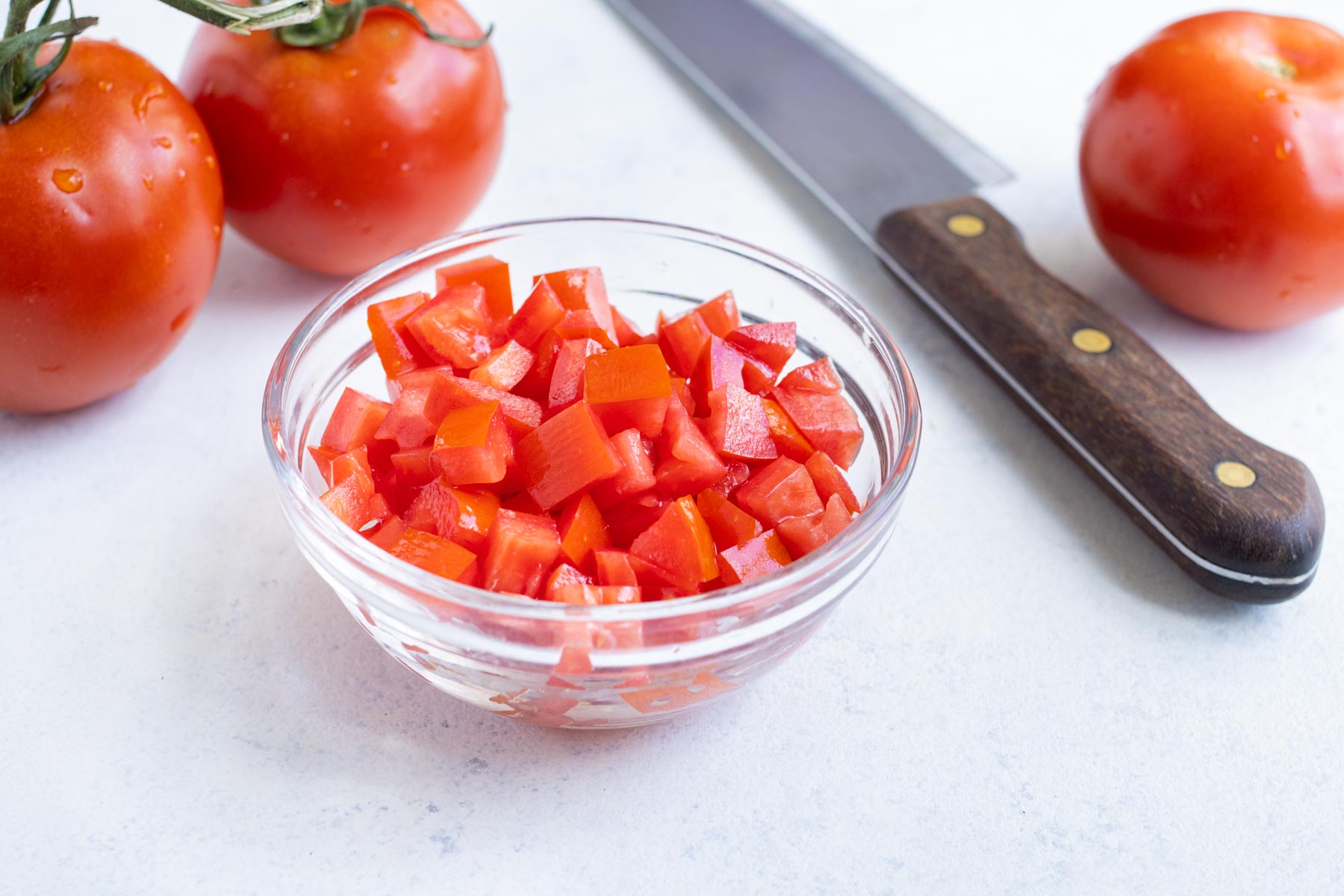
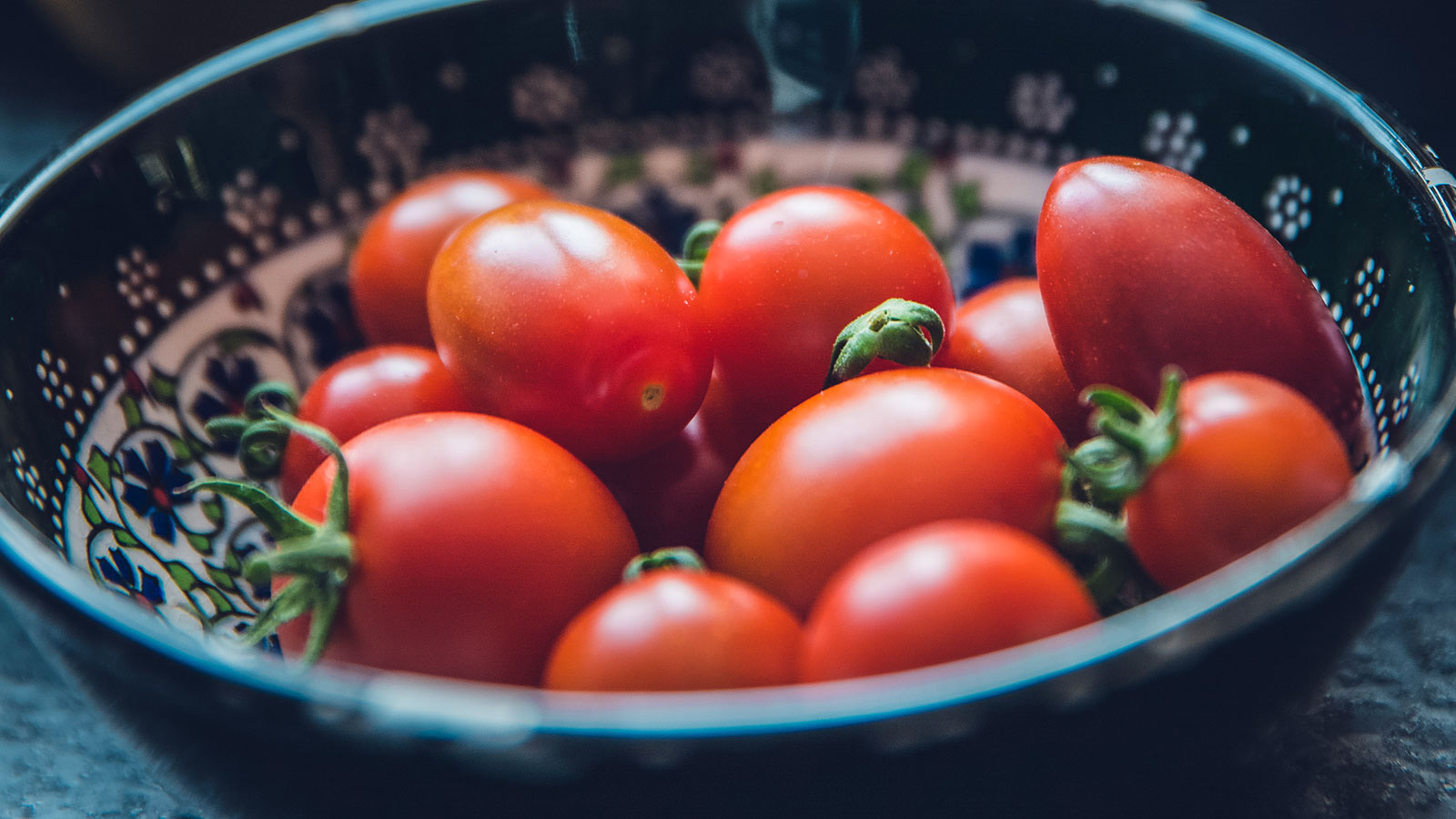
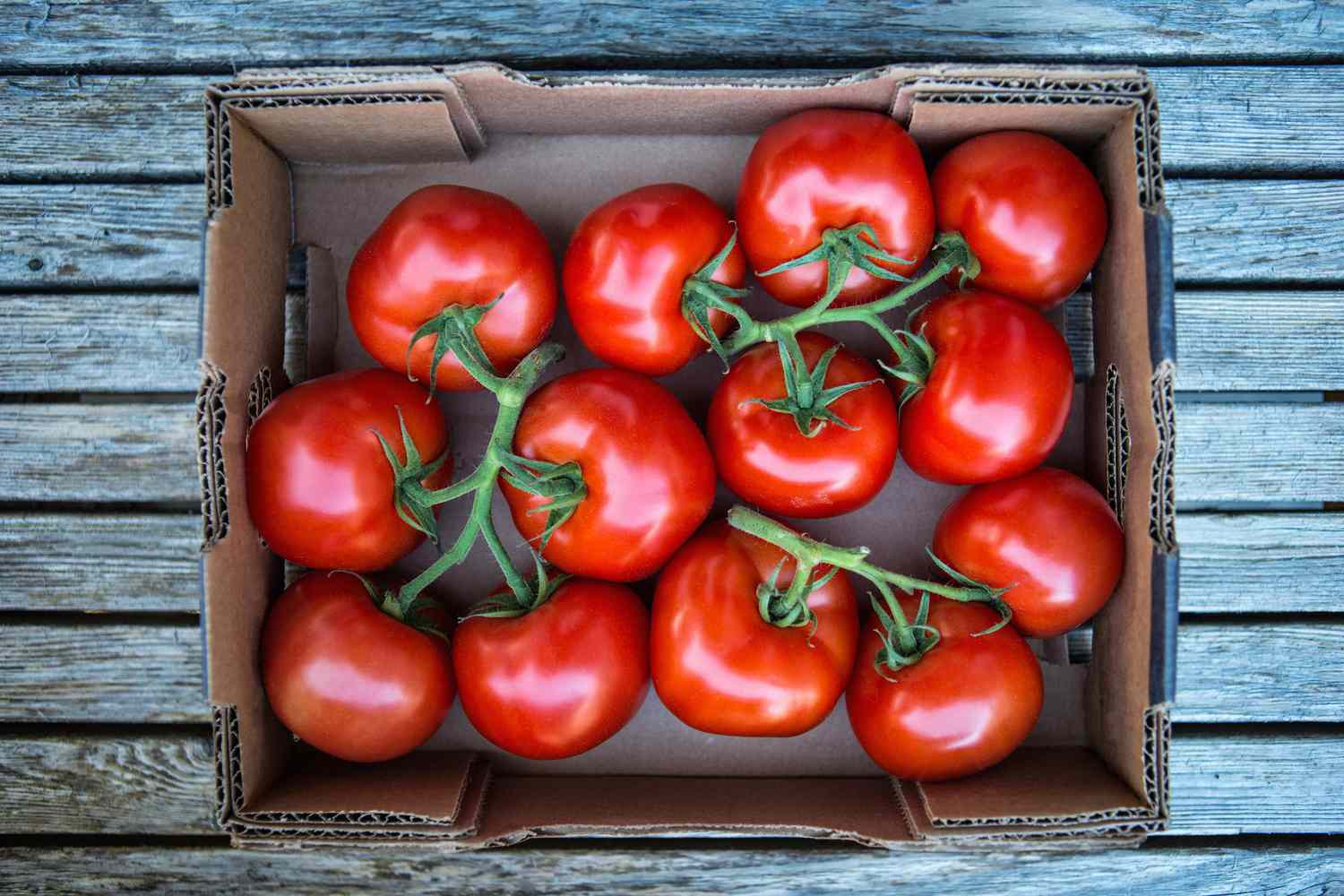
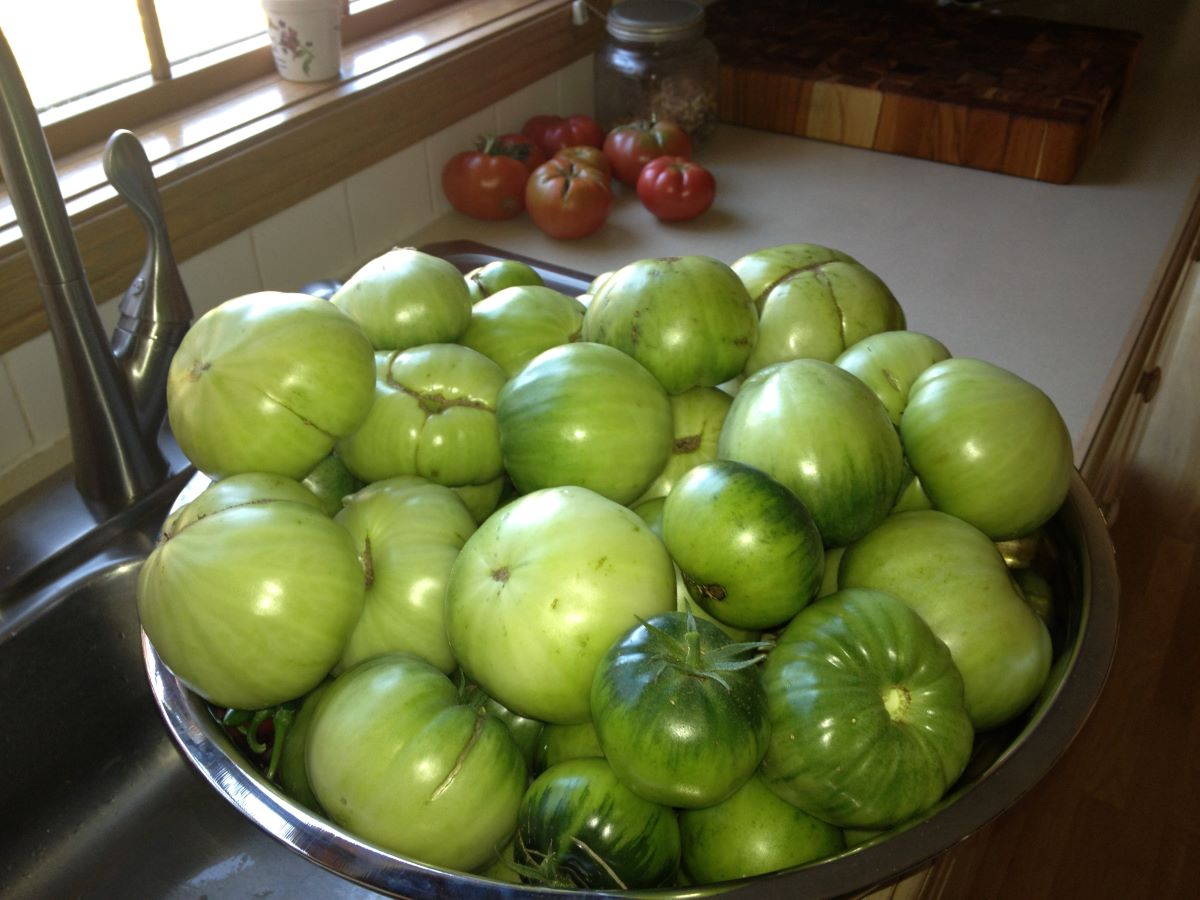
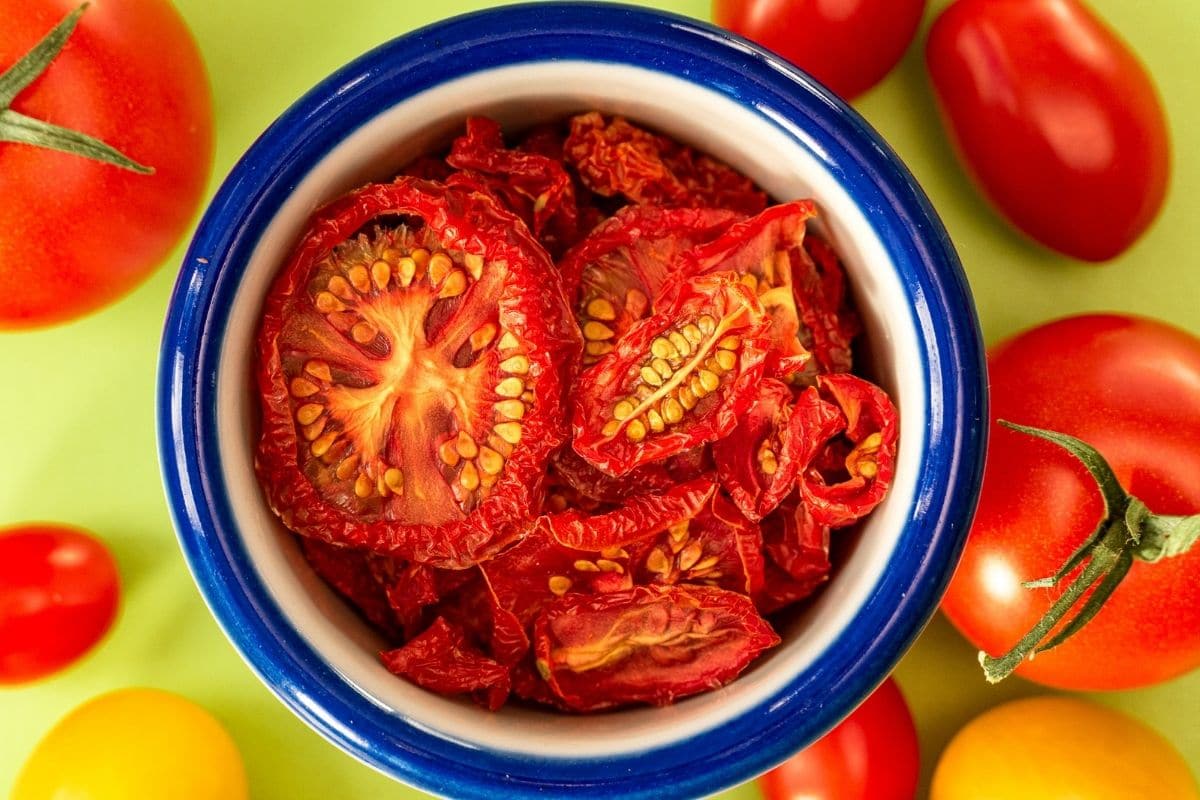
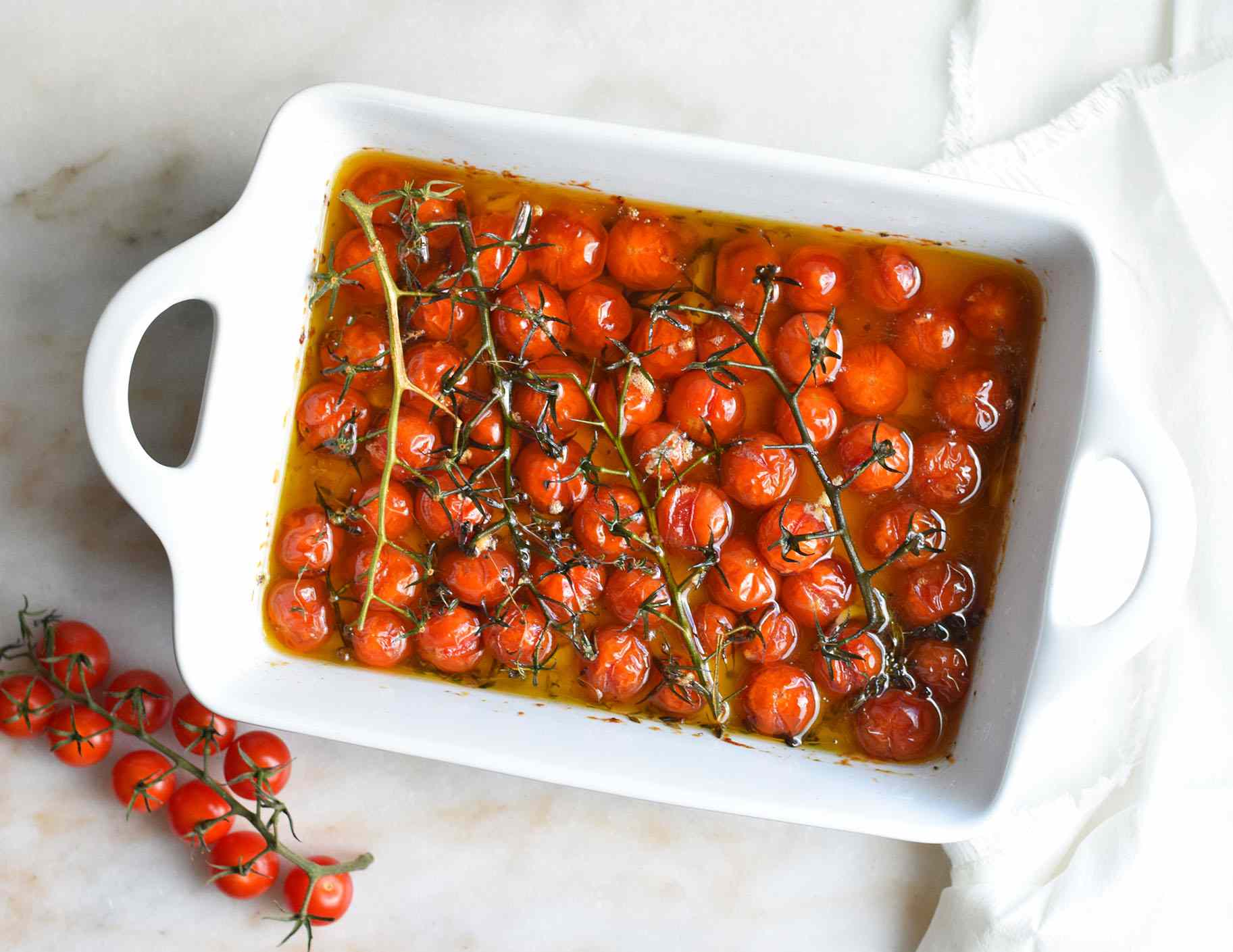

0 thoughts on “How To Store Heirloom Tomatoes”